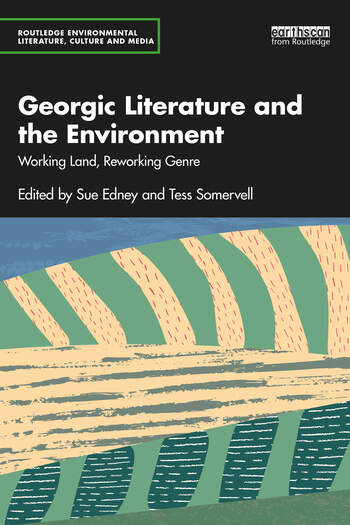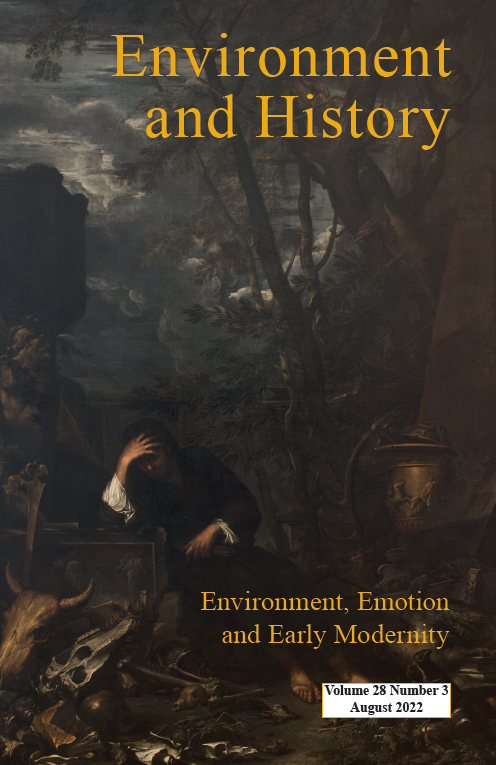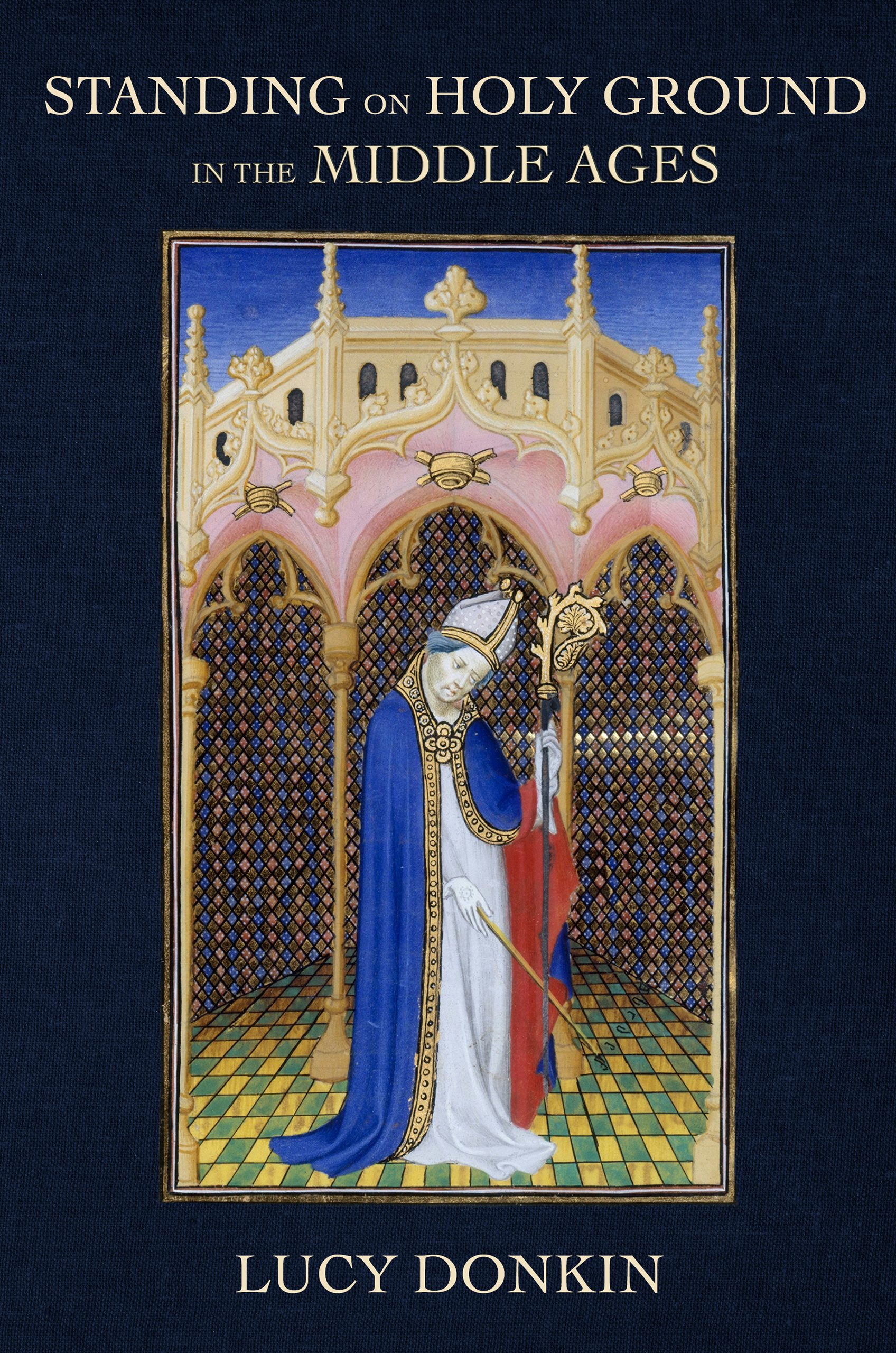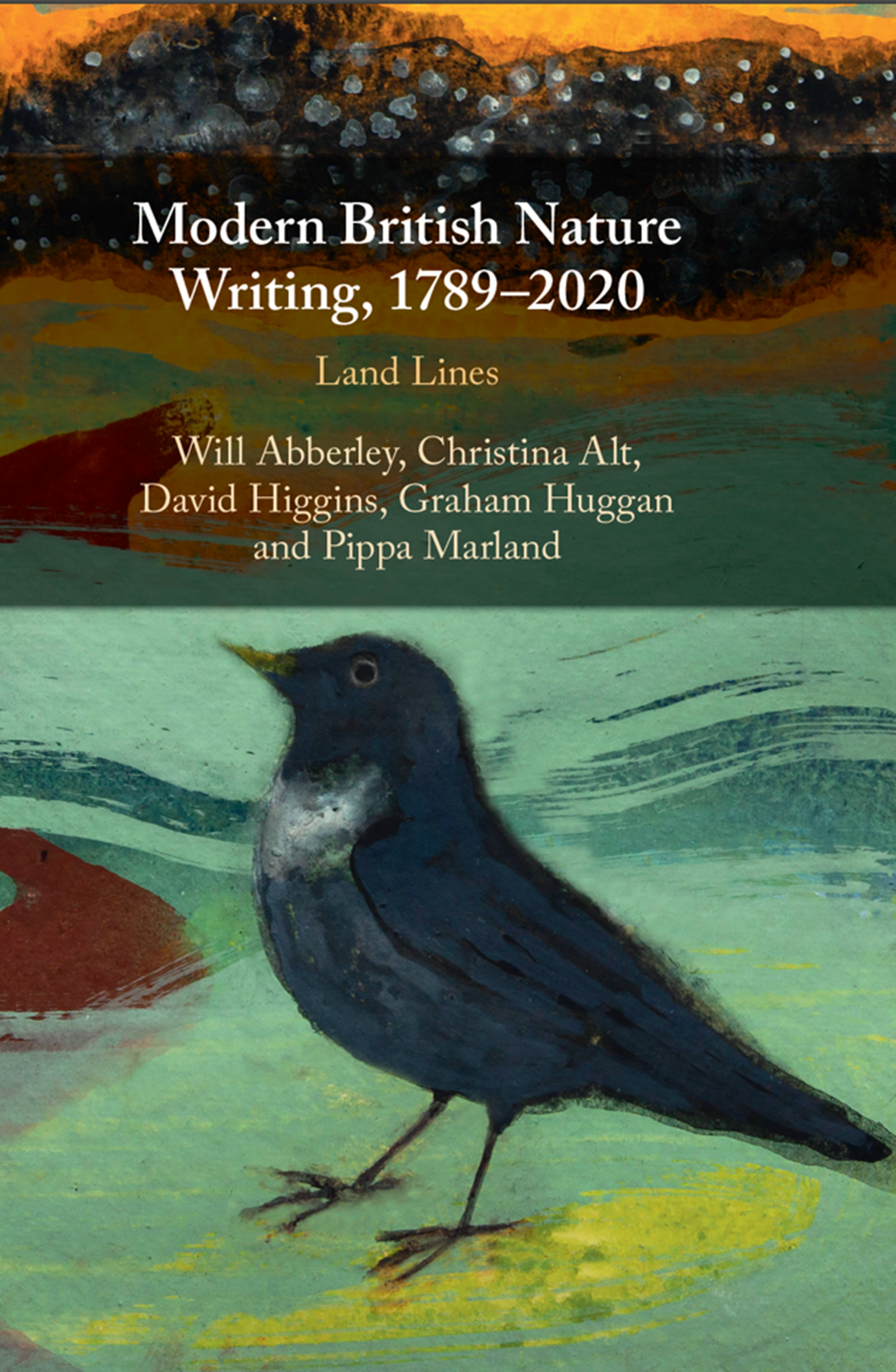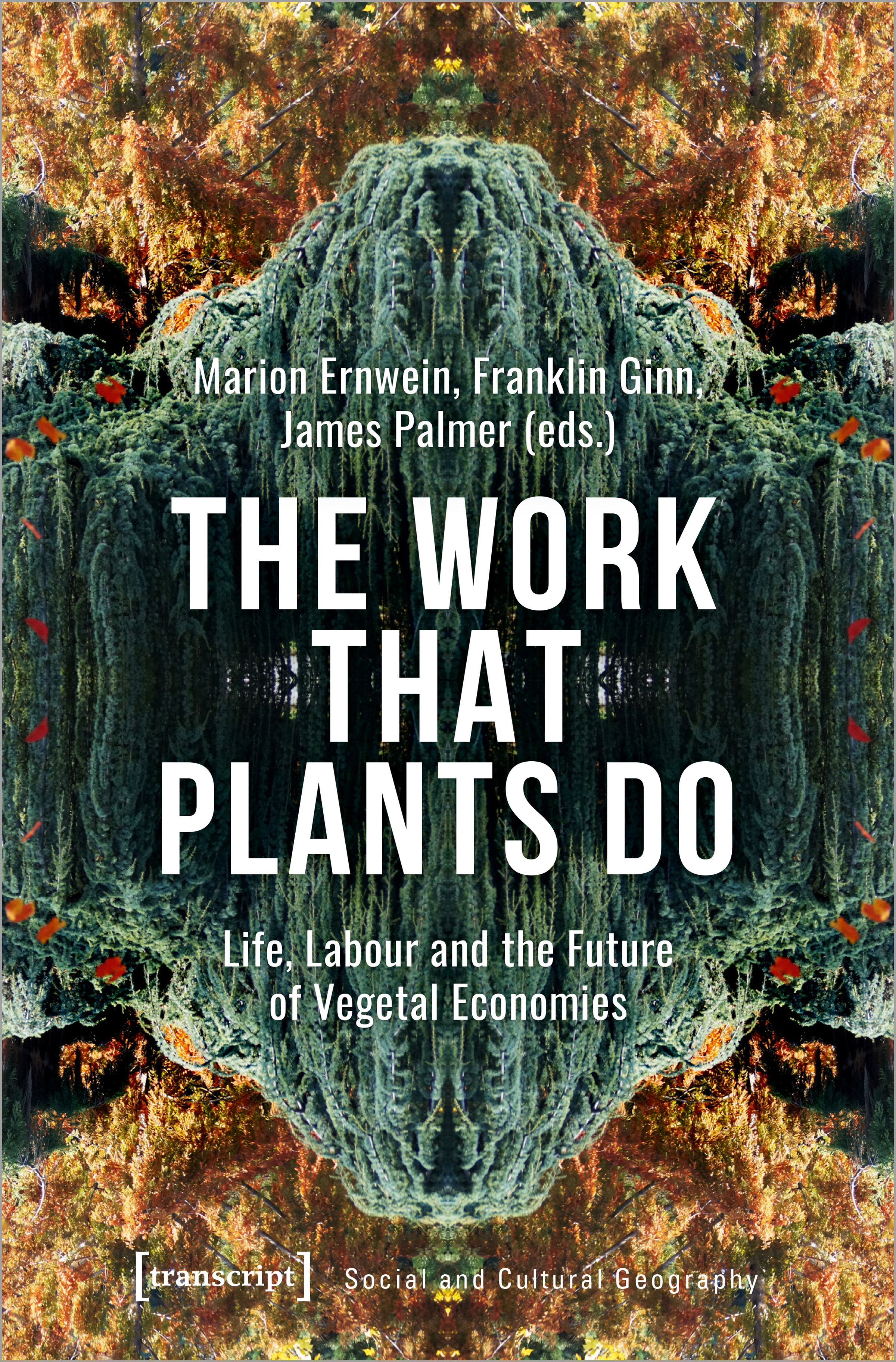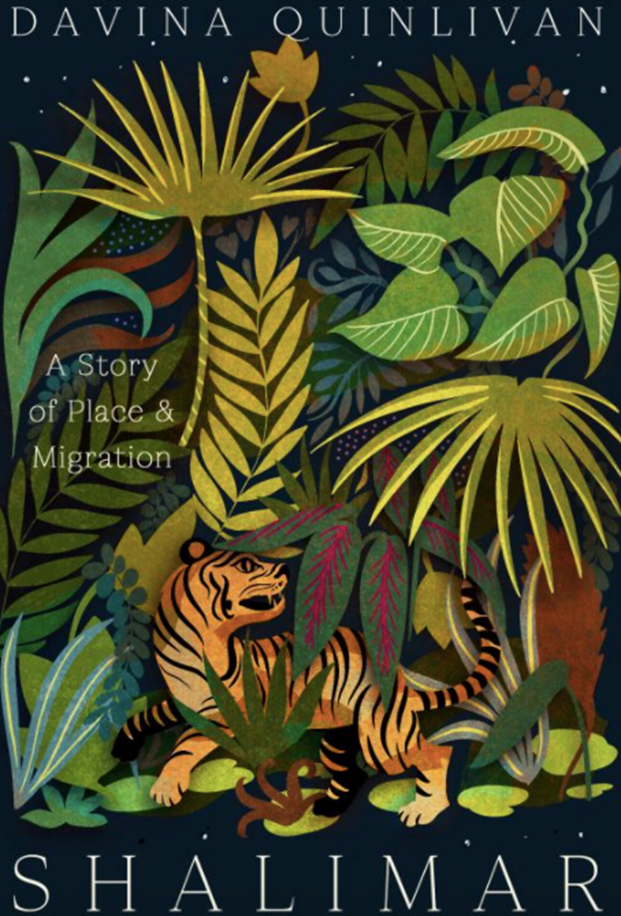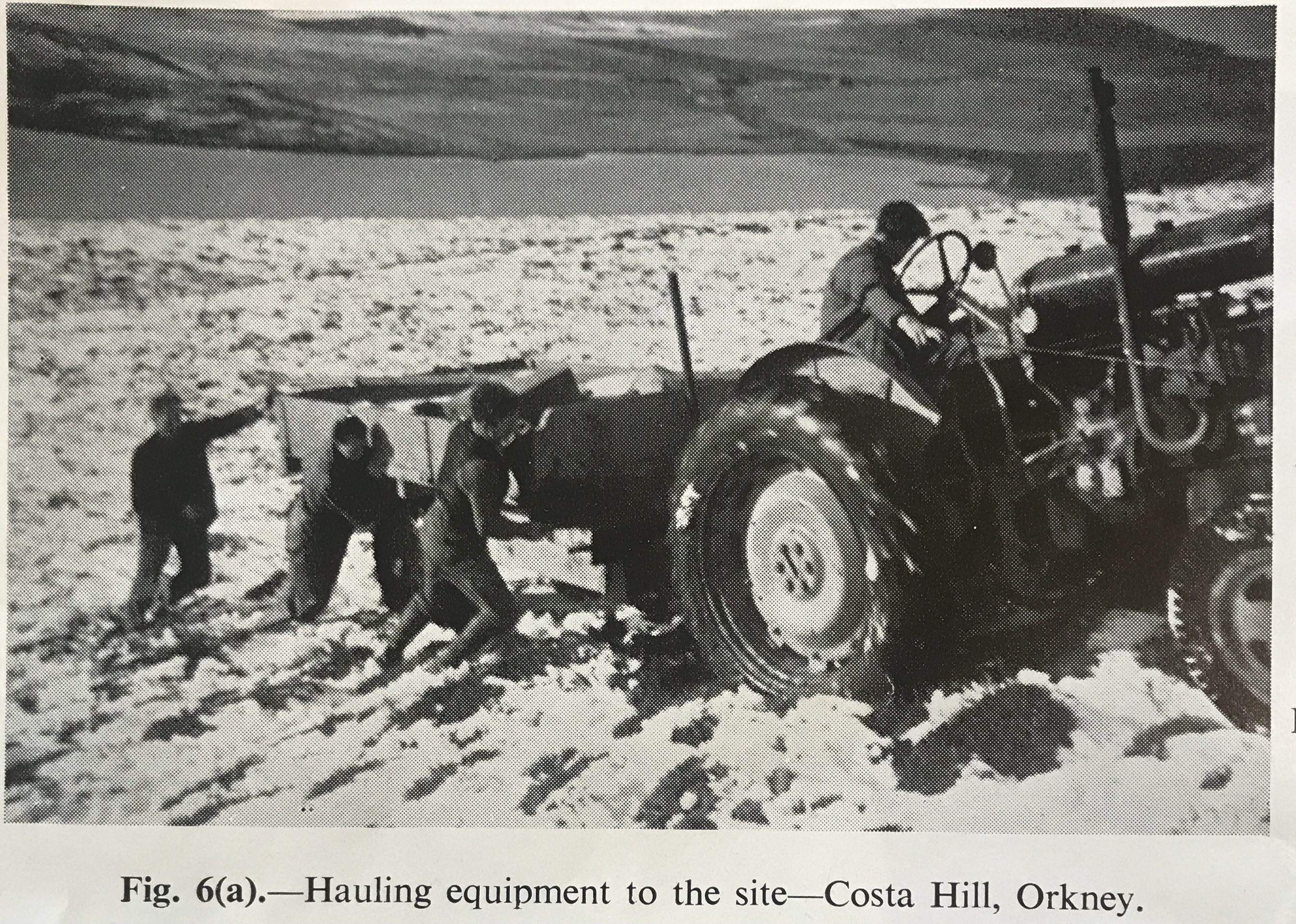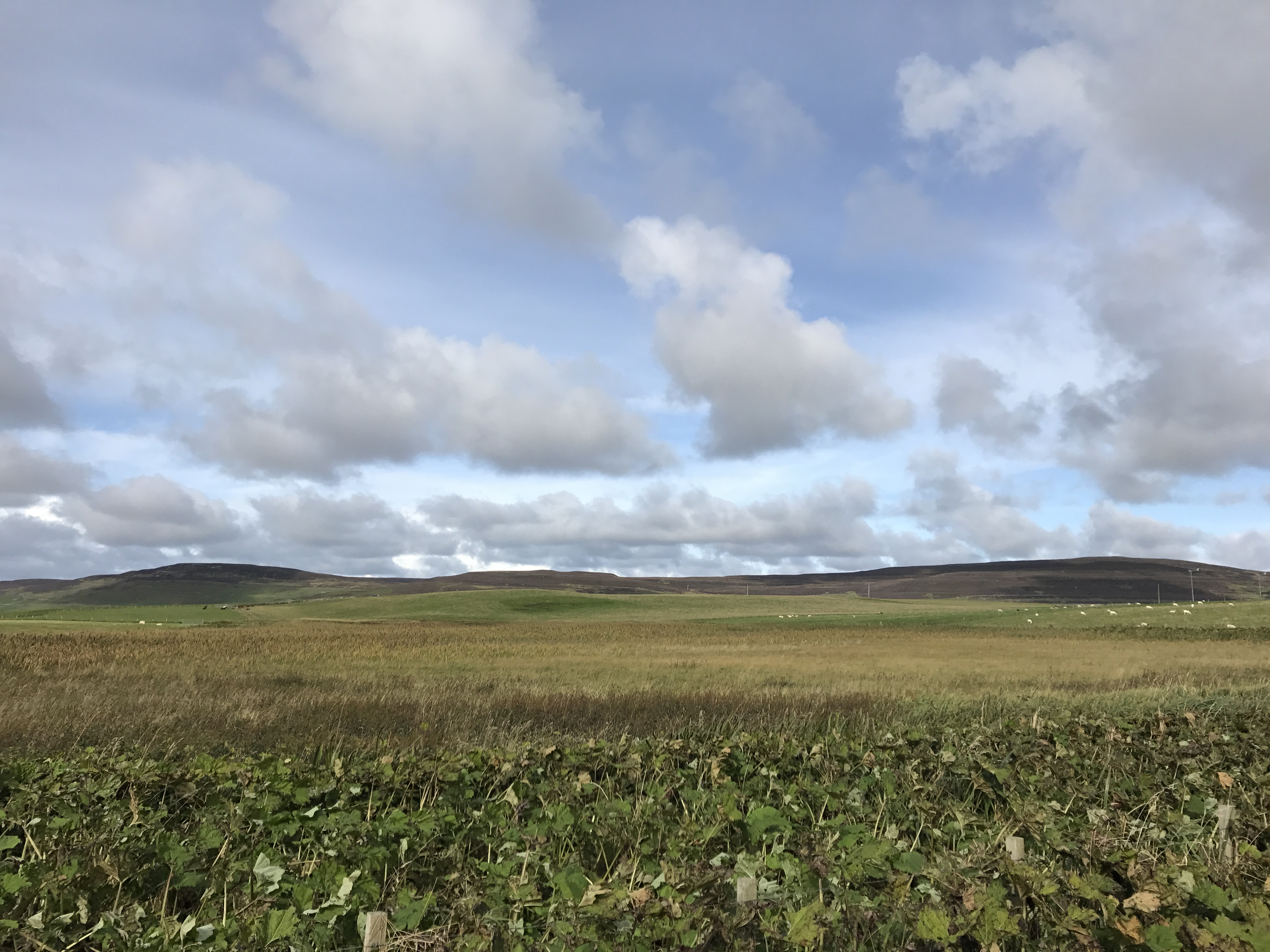
Dr Carrie Etter
Department of English
Growing up in Normal, Illinois, I began writing (really bad) poetry at the age of fourteen, and at the age of fifteen, undertaking research for the high school debate team at the nearby university library, one day I accidentally ended up on the sixth rather than the fifth floor and discovered the library’s store of literary journals. This included some British magazines in which I later published some of my poems, Ambit, PN Review, and Stand. I also discovered Modern Haiku, the foremost English-language magazine for haiku and senryu, and not long after on the same floor of Milner Library at Illinois State University, I also found R.H. Blyth’s four-volume set on the form.
Where I grew up in West Normal, I lived within a quarter-mile of corn and soybean fields, and my first job at 15 had been as the only girl on a fifteen-member maintenance crew at Comlara Park, a multi-purpose site including a campground and swimming pool. In one summer I stained over a hundred picnic tables, encountered raccoons, cranes, gophers, and many other fauna, probably ate my body weight in mulberries, and helped build several boat docks. This is all to say that at that time of my life, I had little sense of a barrier between myself and the more-than-human.
At eighteen I wrote and published in Modern Haiku one of my first pieces, which the next year was happily reprinted in Tokyo-based Mainichi Daily News’ ‘Haiku in English’ column. Keep in mind that at this point in my life, my only association with monarchs was the butterfly (learn more about the Illinois monarch conservation project here: https://illinoismonarchproject.org/).
monarch
hovers
over the broken kite
I also became enamoured of senryu, in which the form engages with human nature.
wanting to touch his hair the scent of gardenias
Over the decades, with moves to Los Angeles in 1988 and London in 2001, haiku became a touchstone for reconnection with the natural world wherever I lived, and every so often I would send these poems into the larger world for publication. In January 2023, I began working with PGR Paul Chambers on haiku and deep ecology, and through him I became aware that Red Ceilings Press published the occasional volume of haiku alongside its other poetry offerings. Indeed, I had chapbooks by Alan Baker and Ian Seed from Red Ceilings that I treasured.
In early December 2024, I wrote to Mark Cobley, editor at Red Ceilings, to ask if he were considering submissions. He replied that while he’d intended to open later in the month, if I had anything to hand, he’d be glad to see it straight away. He accepted Cloudbreak: Haiku and Senryu, 1987-2018 a few days later. Around this time, I’d been relishing PGR Andy Thatcher’s beautiful photographs of Norway on social media; he was just finishing a four-week fellowship at Stavanger University’s Centre for the Environmental Humanities, The Greenhouse. Among his photographs I found one he took while out running that seemed to capture exquisitely an image from the title haiku, so I asked his permission to use it as my chapbook cover.
cloudbreak
the potter lifts a teabowl
off the wheel
It’s mid-January, and copies of Cloudbreak are now in my hands, a testament, I hope, to the power of haiku and senryu to connect us with the more-than-human world and ourselves. I’m most grateful to both Paul and Andy for the roles they played in the process of bringing the work to fruition. I’ll conclude with the most recent haiku in the chapbook, which I wrote in Bath in 2018.
spring snow
the pears ripen
in the bowl
**
Copies of Carrie Etter’s Cloudbreak: Haiku and Senryu, 1987-2018 are available here.



